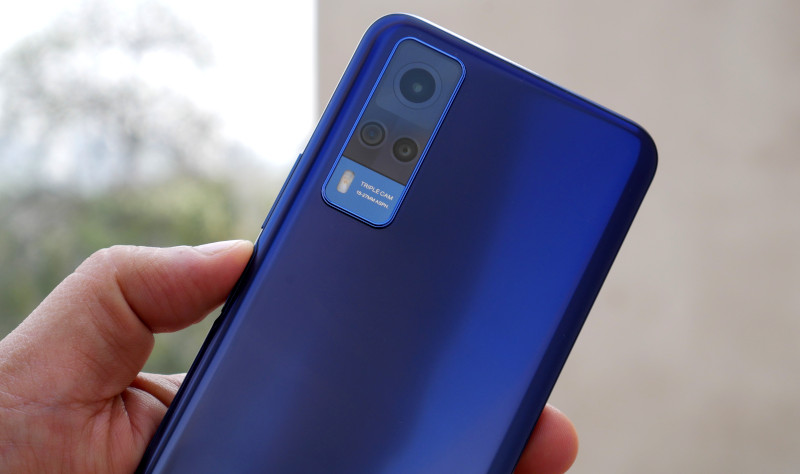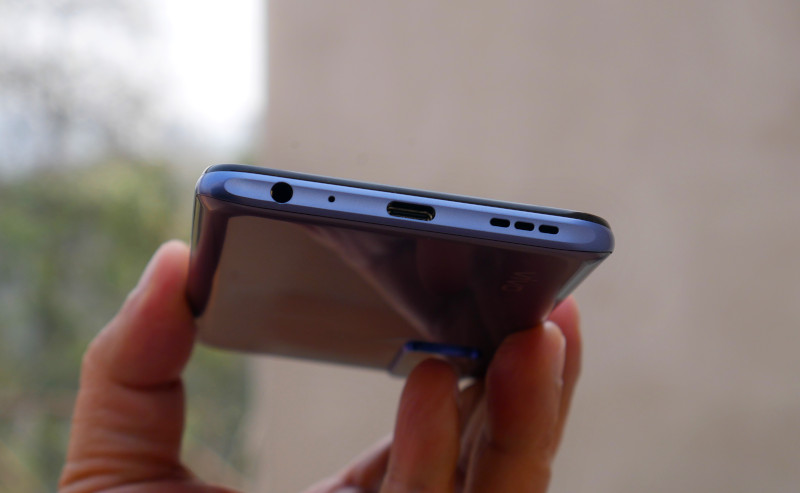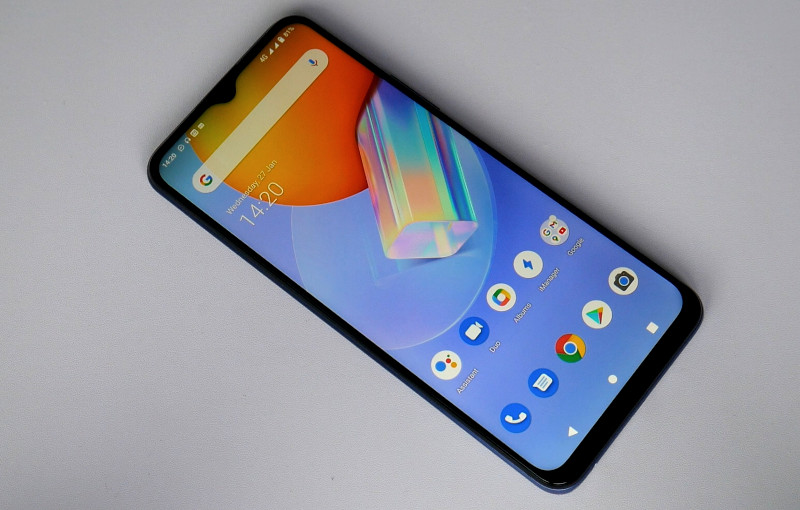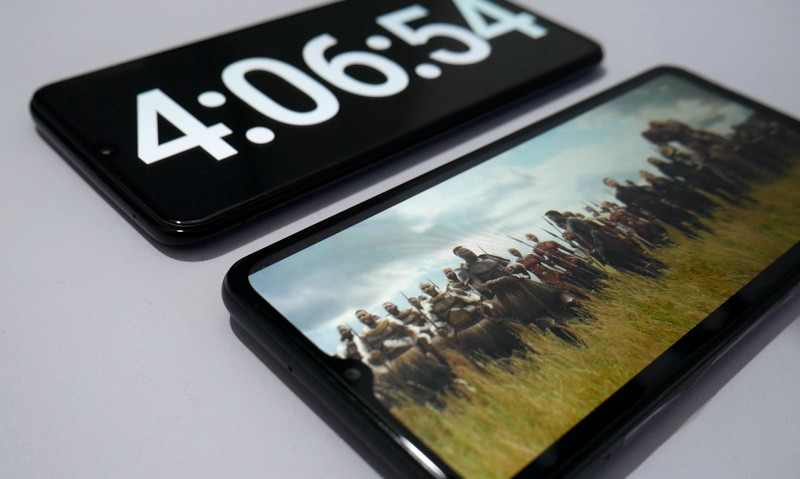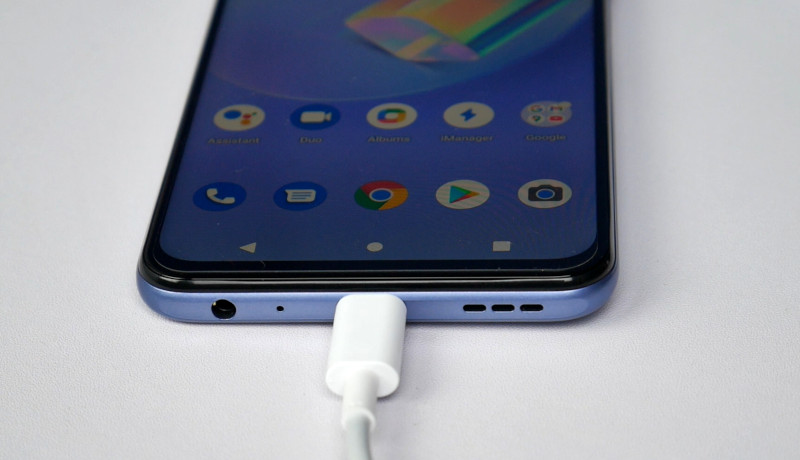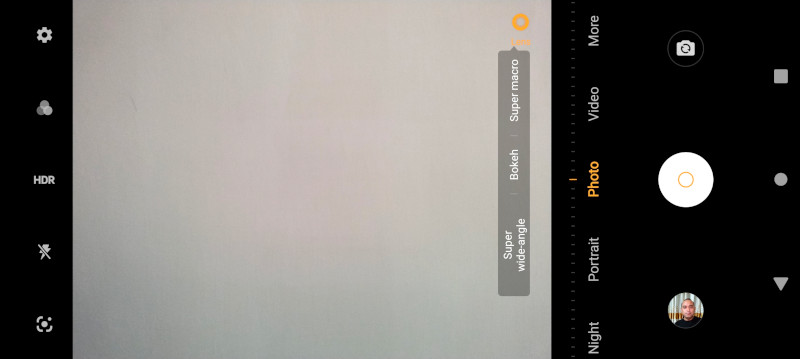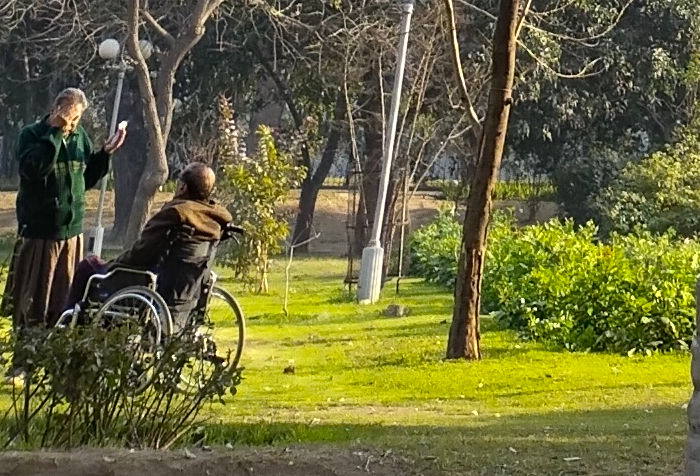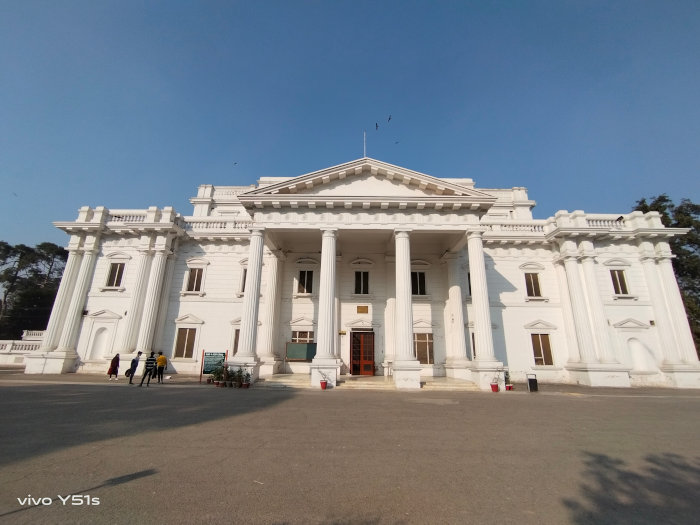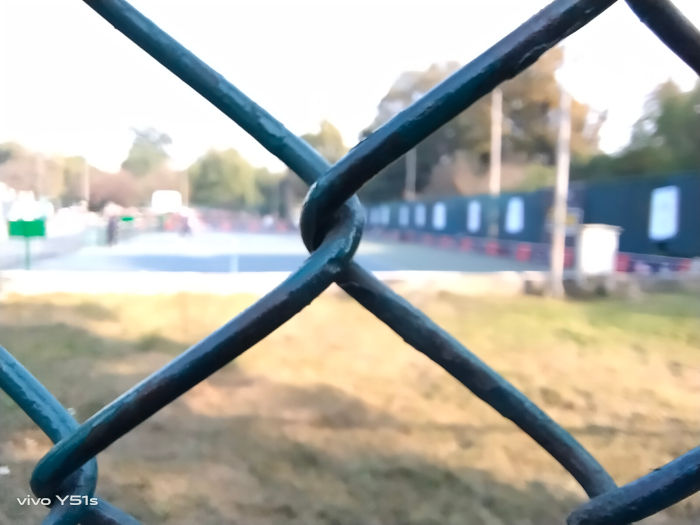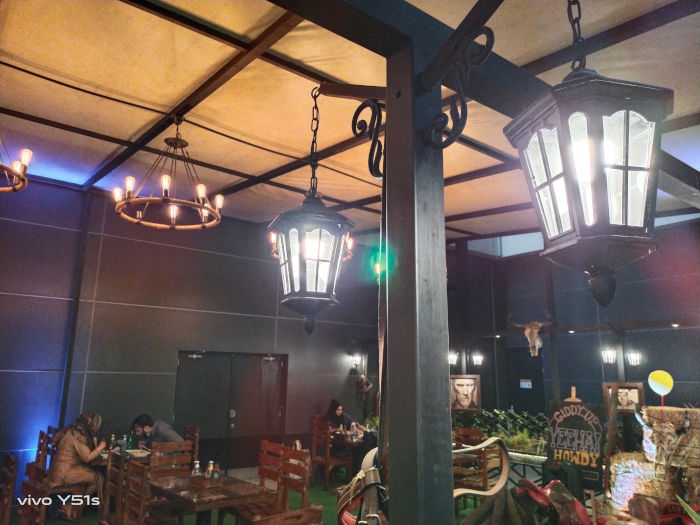Vivo Y51s in Pakistan is a little different in specification than the global version. The one we have is a step ahead in the battery, camera, and memory. In contrast to the 4500 mAh battery in the global version, we get a 5000 mAh battery and an 18W charger out of the box. This is very much similar to what we found on Vivo Y20s, but the drain times are noticeably different.
Let’s have a look at the highlighting features before moving ahead.
Vivo Y51s highlights
- Display: 6.58 (IPS LCD, 2408 x 1080px, 395ppi)
- OS: Android 11, Funtouch 11
- Chipset: Octa-Core, Snapdragon 662, Adreno 610 GPU
- RAM/ROM: 8GB/128GB
- Camera (rear): 48MP + 8MP + 2MP
- Camera (front): 16MP
- Battery: 5000 mAh, 18W charger
Simple design, a plus
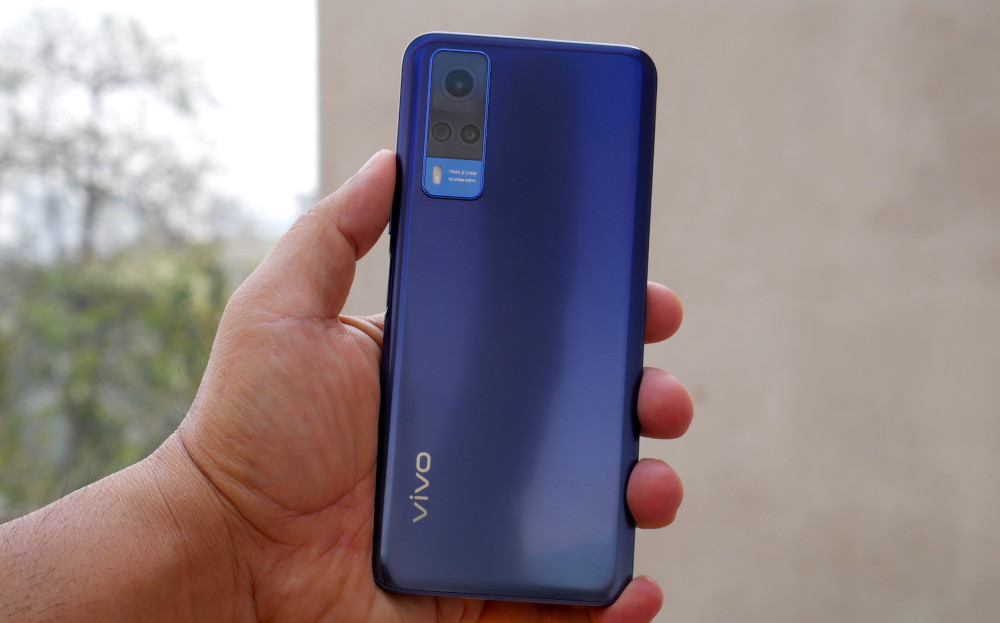

Unlike the V20 series that we saw on digital and conventional media alike, Vivo hasn’t run a mega campaign for this newbie. As far as the design is concerned, it’s a blend of a decent mid-range device and a sturdy budget phone. In contrast to the predecessor Y51, a carbon copy of Vivo S1 Pro, this one carries its own identity.
The plasticky body on the rear is a plain matte finish surface without a fancy pattern on it. The triple camera setup, however, is a major attraction for its simplicity and clean rectangular design.
188 gm of weight doesn’t make it heavy on hands for longer durations. The side-mounted fingerprint scanner is a norm these days for affordable phones now, and we are finding it on almost every other midrange and budget device. While the in-display fingerprint scanner is for expensive devices, this one looks a lot more in-trend than an old-fashioned rear scanner.
Vivo has moved the SIM tray from the left side frame to the top area. It can house two nano-SIM cards in addition to a microSD for up to 1TB extra memory.
At the bottom, the audio jack port isn’t ideally placed, and with the wired earphones, it restraints the right hand to operate freely while playing games.
Vivo seems to have downgraded its display from Ace AMOLED to the IPS screen on this phone. However, the 6.58 inches screen looks more colorful and contrasty. It features a P3 color gamut, which gives a better visual experience than the usual IPS display in this price slot. We can no way compare it with the quality of Vivo’s own AMOLED screens that are pricier, but we are happy with the punchy colors.
Performance and battery
Vivo Y51s also looks slightly behind the predecessor Y50 when it comes to chipset performance. Although Snapdragon 662 (on Y51s) is similar to 665 (on Y50) overall performance, the former shows half the download speed on various benchmark sites.
Y51 scored 193449 on Antutu that nearly equals that of Infinix Note 7 (Helio G70) but not much lesser than Oppo F17 Pro (Helio P95) and Infinix Note 8 (Helio G80).
In the real-life test, the phone doesn’t disappoint with multitasking. Gaming turns out smooth, although the chipset does not allow more than ‘balanced’ graphics on PUBG, we never found it spoiling our mood due to unwanted lags.
The 5000 mAh battery charges fully in 1 hour and 59 minutes with its 18W charger connected through a USB Type C port. During our battery test, the device did not impress us with its drain time that reached 13 hours before it died on us. In 2020, we came across some great battery performers from Vivo; Y51s is definitely not similar to them when it comes to video loop test. On the other hand, the phone gives excellent hardware-software optimization for everyday use. It gave us a great battery backup on individual apps, especially on the 4G mobile data.
Checkout best mobile phones with the longest battery life
If you want to see our complete Vivo Y51s battery test video, here it is.
Camera
Vivo is somehow convinced that three cameras are better than four. We saw a similar pattern on the V20 series; even the highest version, V20 Pro, features a 64MP based triple camera. Interestingly, Vivo uses the super wide-angle lens for the macro shots, whereas we come across a fourth sensor for this job on some rival phones.
Vivo Y51s features a 48MP wide-angle lens, 8MP super wide-angle, and a 2MP depth sensor for bokeh shots. Selfies use a 16MP camera on the front that does not feature an LED flash.
The in-built camera app is easy to navigate, giving most of the commonly used modes on the default screen. With a single tap, you can switch to super wide-angle, bokeh, and super macro modes. As usual, the 48MP shot is hidden inside the ‘More’ menu, and unlike Samsung’s OneUI, you can’t rearrange anything on the Funtouch camera app. The camera offers a night mode as well, which was missing in the basic model Y20s.
Although you might feel a slight lag between tapping the shutter button and the camera taking the shot, it doesn’t negatively impact the image quality.
The 12MP shots in the standard mode are good with details. We could easily recognize far-off objects in our long shots. However, it tends to capture a little warmer colors sometimes, which, we believe, is very much in line with Vivo’s tilt towards yellowish hue in its camera result.
The 48MP mode also does a great job. Although 12MP pictures are sharper and clearer, the 48MP counterparts are not bad with colors, details, and white balance.
The wide-angle shots are not as well detailed as the images with standard mode are, which is an obvious difference due to the smaller lens, but they also show a substantial deviation from the original colors and unwanted artifacts often.
The digital zooming on Vivo Y51s can take you 8x closer to the subject but only 2x can give you decent quality. If there is no requirement to pixel peep an 8x image, it would still be acceptable on smaller screens.
Bokeh and super macro modes are fun to play with and don’t disappoint in a good light. Color balance and details are very reasonable. The bokeh also works excellent with the portraits unless you have activated the beauty mode, which is very aggressive on Vivo phones. However, it is more of a personal choice for the people to shoot smooth-looking and less detailed faces.
The camera does a great job with still images at night. Lens glare is a common issue on mobile phones, but Y51s handles it quite well.
Although a night mode is available for more detailed and crispy shots, it sometimes cranks up the exposure and yellow hue.
For videos, the front and rear cameras are only limited to 1080p videos. The video quality in good light – day and night – is impressive on Y51s. The colors look natural, and the sound capturing is decent as well. Since the camera lacks a stabilization mode, we noticed the camera struggled to maintain the same quality while moving.
And unlike the still images, zooming badly downgrades the video resolution and exhibits malfunctioning autofocus even in the daylight.
You can also shoot slow-mo videos at 120fps and 720 resolution. Check out the video quality and slow-mo sample in the following video.
Verdict
Vivo Y51s has more pros than cons. A simple but beautiful design language, a wide color gamut, a decent battery consumption, and a well-performing chipset are great selling features. The camera is good with still images; however, if videos are one of your core preferences, you may look for other options.

